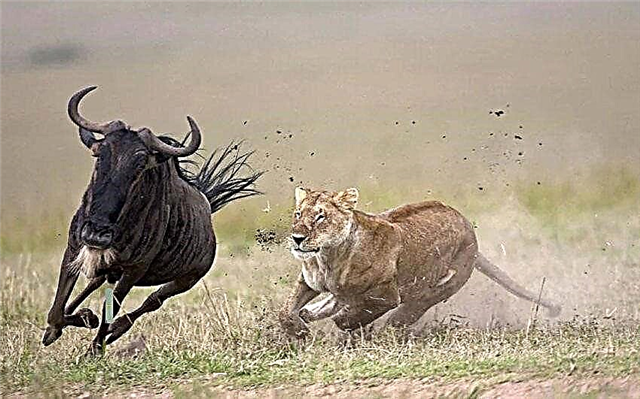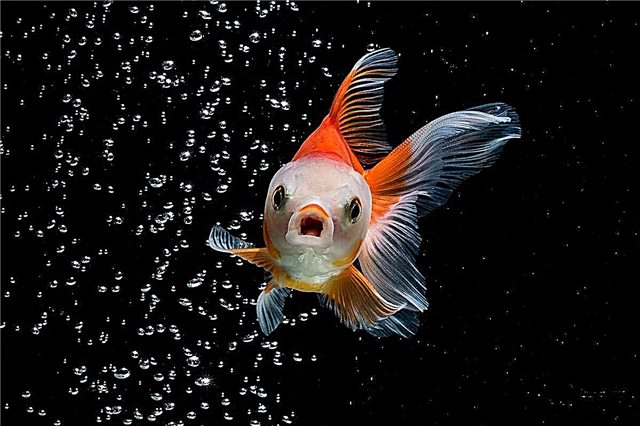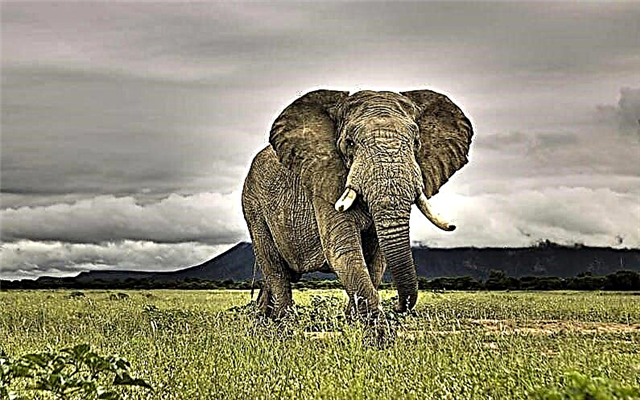
Living creatures that inhabit our planet can have the most incredible color. And the most colorful and diverse in their appearance are insects, namely butterflies and moths. Many of them surpass in brightness of their outfit the most exotic parrots, and even wonder how they manage to survive with such a color. But nature is wise, and sometimes bright colors are ideal for camouflage. It all depends on the situation.
And in order to appreciate the variety of colors that insects can possess, as well as to wonder at interesting facts related to them, you just need to study the richness of nature in a little more detail.
Moth disguise and the environment

Natural conditions can change, because camouflage colors within the same species also often vary. So, the pepper moth, which is found in England, for centuries wore a light gray outfit, which made it invisible on tree trunks, stone. Birds did not see insects, and many of them successfully lived their whole lives in safety, managing to bring the same gray offspring. However, black moths were born within the framework of this species, which were not so successful in disguise, and therefore were usually exterminated by birds.
However, with the advent of the industrial era, the situation changed - the trees near the factories were covered with black soot, and soon the moths became black - now gray individuals were quickly destroyed, and black ones could successfully live and give offspring. But then the situation changed again - high environmental requirements excluded soot and smoke.The flexible population of moths again turned gray, because nature began to return to its normal indices, and black individuals again nowhere to mask.
Butterfly mimicry

As it turned out, butterflies have a whole range of methods that allow them to successfully disguise themselves and protect themselves from predators. So, poplar glass-box, also called a butterfly - a hornet, outwardly resembles a giant wasp. Such an appearance definitely discourages birds, especially those that have already had experience with stinging insects. And there are also dipper butterflies, which have learned to protect themselves no less successfully from bats. At night, the appearance is not so important, especially since bats “see” the world through echolocation. But the butterflies learned to make clicks that temporarily “jam” the bats, allowing the insects to fly in relative safety.

Those butterflies that have a short life, devoted mainly to reproduction, can be extremely bright - they lose their disguise especially in order to be visible from afar to potential partners. They continue their race, literally risking their lives. Such, for example, is a peacock-eye with the romantic name Saturn Moon, which can reflect moonlight through its wings, creating a greenish glow. These butterflies do not feed, they live less than a week, and their only task is reproduction. It is also worth telling other interesting facts that will surprise butterfly lovers and just curious people:
- There are butterflies that drink nectar, there are those that do not eat at all. But some may only surprise - tears, and even the blood of large mammals, enter their diet;
- Other butterflies like honey - for example, a dead head moth. These insects do not need any special appearance, they mimic and exclude aggression from the bees due to the full smell correspondence, as well as due to the sounds made. These insects have developed immunity to bee venom; they can climb into the hive without risk;
- Sloths also have their own moths. Algae also live in the wool of slow mammals;
- Some Corydalis butterflies consume a lot of soda - for this they literally distill water through themselves, leaving only particles of the necessary substance.
Butterflies are not just beautiful creatures. Evolution has made them so diverse that scientists today make interesting discoveries by studying their various types, as well as the mechanisms that allow them to survive.












